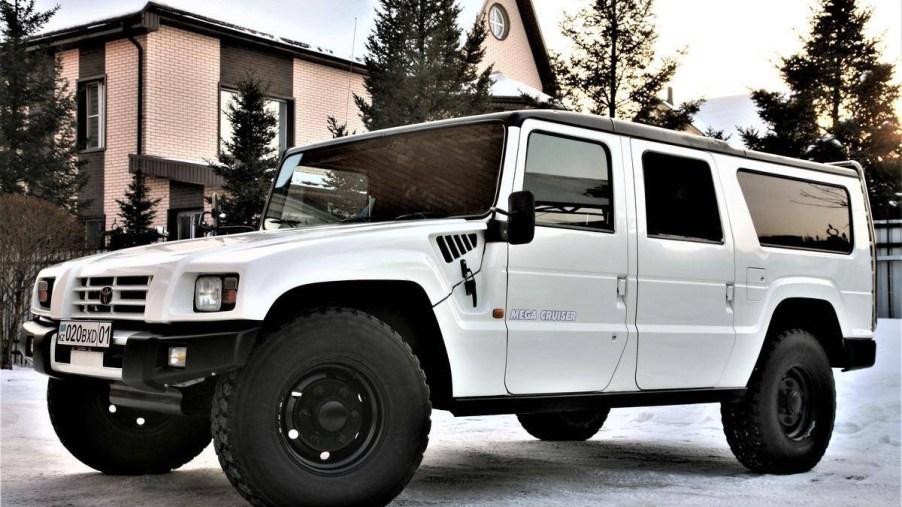
In 2020, You’ll Be Able to Import Japan’s Hummer, the Toyota Mega Cruiser
American off-road enthusiasts are finally free to import some iconic and capable SUVs, like the Nissan Patrol and Mitsubishi Pajero. And while the latest Suzuki Jimny and Lada Niva aren’t yet importable, US automakers have clued in. Jeep, for instance, is making a Jimny competitor. But Toyota, arguably, has the most desirable vehicles. Its non-US Land Cruisers and Hiluxes have a large worldwide following. And like Mitsubishi, Toyota also borrowed from a US automaker’s playbook. Like Hummer, Toyota made its own military-spec SUV: the Mega Cruiser.
What is the Toyota Mega Cruiser?
Like the Hummer H1, the Toyota Mega Cruiser started out as a military vehicle. Autotrader reported that the mega SUV originated with the BDX10, designed for the Japanese Defense Forces. Automobile Magazine reported that roughly 3000 BDX10s were sold in the early ‘90s, although Bring a Trailer reports that production could have been as little as 2000.
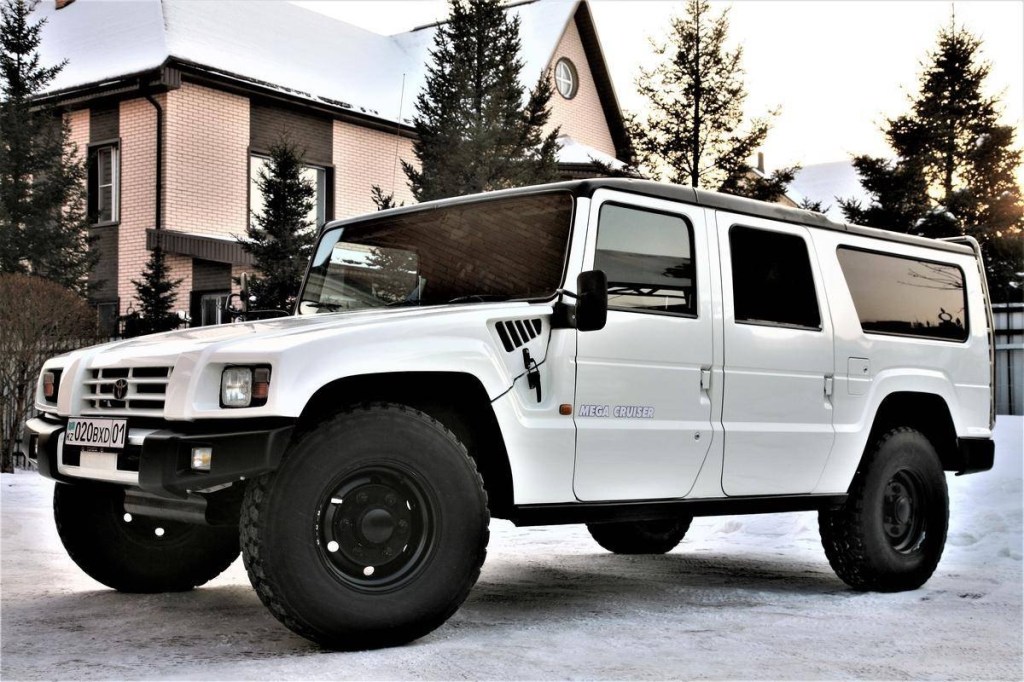
Nevertheless, Toyota thought there could be a market for a military-intended SUV, and so created the road-going BDX20, aka the Mega Cruiser. It’s actually very similar in size to the H1. However, the Mega Cruiser is roughly 640 pounds lighter, 7” taller, 16” longer, and 1” narrower. It’s so tall, it came from the factory with a rear-mounted ladder and extendable rear step.
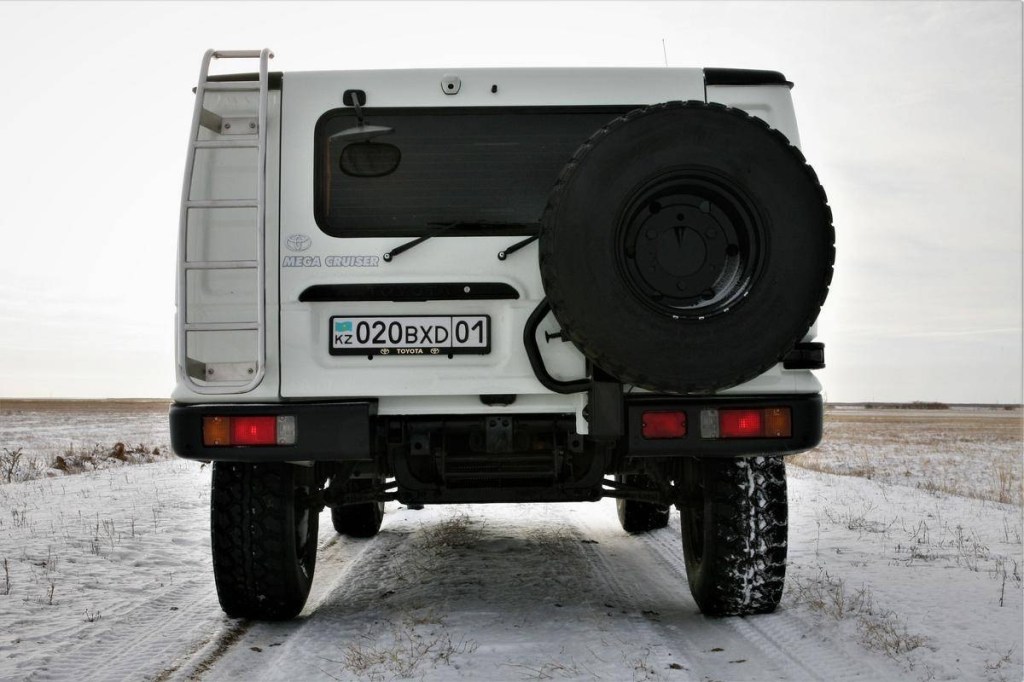
The first models hit dealers in October 1995, The Drive reports, and Toyota sold Mega Cruisers up until 2002. However, because of Japan’s strict vehicle tax and registration laws, not to mention the country’s small streets, not many were sold. The exact number varies–some claim 133, some 149. However, at the time of writing, Hemmings listed a left-hand-drive Toyota Mega Cruiser for sale that claimed to be “#87 of 151 ever made.”
But despite its rarity, Toyota Mega Cruiser owners regularly drive and use their monster SUVs for their intended purpose: conquering terrain.
Is the Toyota Mega Cruiser actually good at off-roading?
While it weighs less than the Hummer H1, the Mega Cruiser still weighs almost 6300 pounds. But while it can’t drive over water like the Sherp, the Mega Cruiser still has enough grunt to get over most obstacles. Its 4.1-liter turbodiesel four-cylinder made 152 hp and 282 lb-ft, which The Drive claims was actually more power and torque per liter than Ford’s 7.3-liter turbodiesel V8 of the time.
The Mega Cruiser’s off-road features befit a former military vehicle. Like the H1, it has portal axles, full-time four-wheel drive, and locking differentials. Only, according to Automobile Magazine, the Mega Cruiser has 3 of them. The two SUVs also had disc brakes mounted inboard, rather than at the wheels. This protected the brakes from debris and damage. The 37” tires and 17” ground clearance (about 0.4” more than the H1) also help with that. There’s also a built-in tire inflation/deflation system, like the H1 and Mercedes G 63 AMG 6×6.
With all this, the Mega Cruiser can power through obstacles that can stop even the legendary Land Rover Defender. Snow, mud, rocks—Toyota Mega Cruisers have driven over and through them all.
The Mega Cruiser’s civility
However, the Toyota Mega Cruiser was more civilized than the Governator’s Hummer. Toyota fitted the SUV with four-wheel steering, which made the Mega Cruiser nimbler than its dimensions would suggest. Its turning radius is actually smaller than the current Ram 1500 EcoDiesel’s. And it gives the giant SUV a surprising amount of grace, as the video above shows.
The second row could also seat four across, and its independent suspension made it more comfortable on the road. The Drive claims the cargo area could carry a payload of 1,323 pounds, and some Mega Cruisers even came with real leather and wood trim. And on the road, Autotrader reported a remarkable lack of rattles and squeaks.
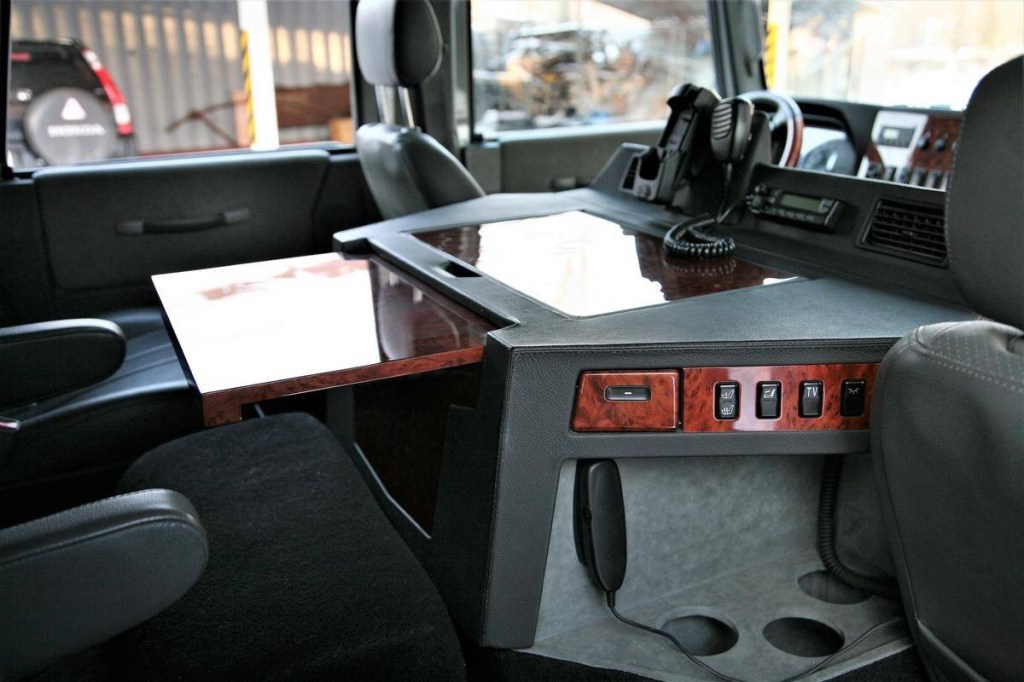
While filling up its 28.2-gallon fuel tank would be rather expensive, the Mega Cruiser could potentially go up to 600 miles on one tank. It could even go on the highway: Boss Hunting reported the Toyota Mega Cruiser could go up to 81 mph. It even has a 4-speed automatic.
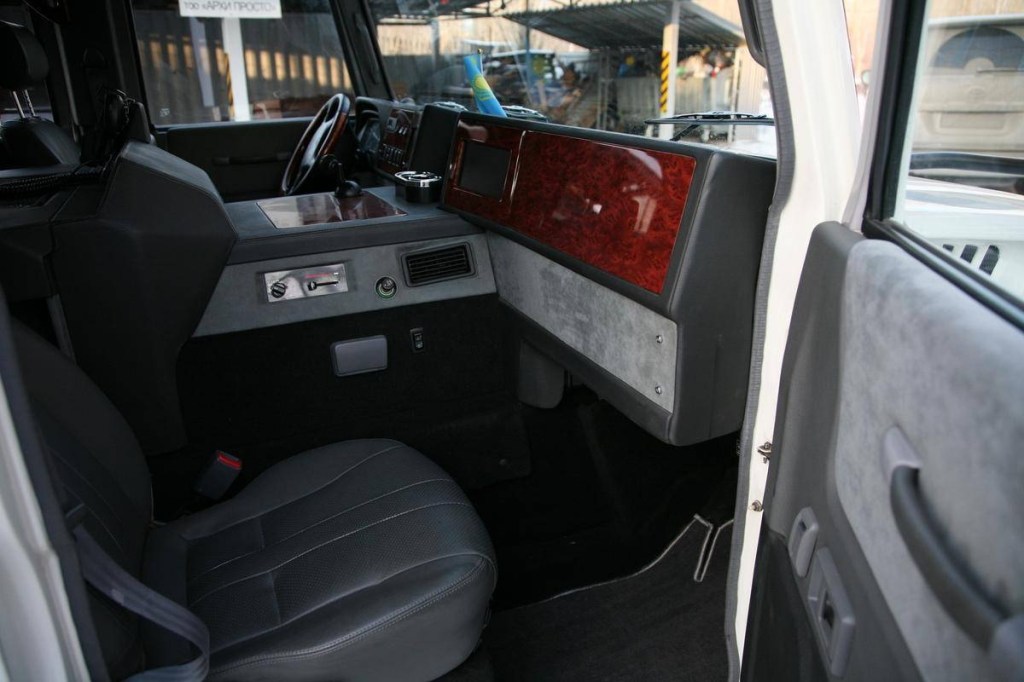
You could theoretically daily-drive one. Although the size, the thin doors (presumably without airbags) and RHD would take some getting used to.
Getting one
Like the Toyota Century, the Mega Cruiser saw only limited sales outside of Japan. And of the less than 200 sold, all but a handful were RHD.
However, Mega Cruisers do occasionally surface for sale. At the time of writing, Hemmings is offering one for $100,900—with LHD, no less. That’s actually cheaper than a Hummer H1. The Mega Cruiser started production in October 1995—sales started in ’96—meaning in October 2020, the earliest examples can be legally imported without restriction. Winter won’t know what hit it.
Follow more updates from MotorBiscuit on our Facebook page.


